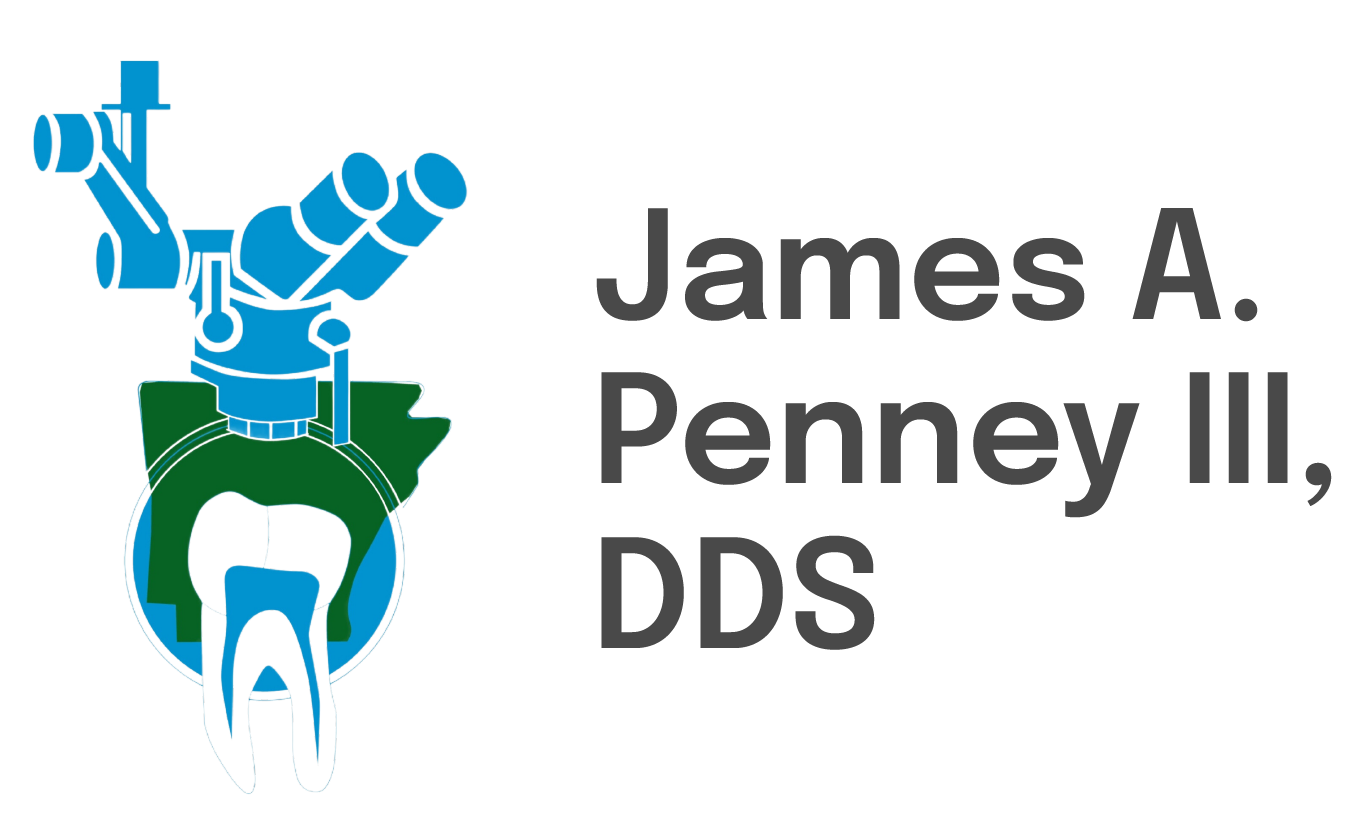Cracked teeth can vary in severity–from superficial cracks like craze lines to cracks that can lead to infection of the tooth pulp or damage to the root. Cracked teeth can be hard to diagnose, as symptoms may come and go. But if you’re experiencing pain or sensitivity, an experienced endodontist can provide an evaluation with the goal of saving your natural teeth!
Dr. James A. Penney and his team have been providing expert endodontic care in Little Rock for 20 years. With the use of state-of-the-art technology, this team of experts provides compassionate care, keeping your comfort top of mind. If you think you may have a cracked tooth, don’t wait to see a dental provider. Call Dr. Penney’s office–with 24/7 answering service–to schedule an appointment today!
What are the signs and symptoms of a cracked tooth?
A cracked tooth is a small break or fracture in your tooth due to damage. It can present as:
- Pain while chewing
- Temperature sensitivity
- Release of biting pressure
Chewing can cause the cracked portions of teeth to move, leading to irritation of the pulp within the tooth. While chewing, when biting pressure is released, the crack in the tooth can close quickly, which will result in sharp pain. Eventually, the pulp within your teeth may become infected, resulting in complications to the bone and gums.
What causes cracked teeth?
Teeth can crack for a variety of reasons, including:
- Age
- Dental trauma
- Biting on hard foods
- Teeth grinding
Types of cracked teeth:
Craze Lines
These tiny cracks only affect the outer enamel of the tooth. Being more common in adults, these types of cracks are superficial and are usually of no concern.
Fractured Cusp
When the cusp–the raised area on top of a tooth–is weak, a fracture may result. The cusp can break off or be removed by your dentist. Rarely does a fractured cusp damage the pulp.
Treatable Cracked Teeth
A treatable crack will extend from the chewing surface of the tooth and vertically migrate toward the root. The crack may extend below the gum line and into the root. Damage to the pulp is common in these cases.
Split Teeth
Split teeth usually occur when a crack is left untreated, causing the tooth to split. The split can run beneath the gum line as well.
Vertical Root Fracture
This type of fracture begins at the root and extends towards the chewing surface of the tooth. A vertical root fracture shows minimal symptoms and is hard to notice.
Can you save cracked teeth?
Depending on the severity of your cracked tooth, an endodontist like Dr. Penney can provide treatment to hopefully save your natural tooth. It’s important to seek care as soon as possible if you think your tooth may have a crack.
Less severe cracks can be filled with tooth-colored resin, smoothed over and polished, or fitted for a crown by your dental provider. Cracks that have led to damage of the pulp can be treated with a root canal. With split teeth and vertical root fractures, endodontic surgery is needed in an effort to save the tooth. However, depending on severity, sometimes removal will be necessary.
Dr. Penney and his team are trusted experts you can turn to for high-quality care to save your natural teeth. If you think your tooth has cracked, call 501-227-7668 to schedule an appointment today!
